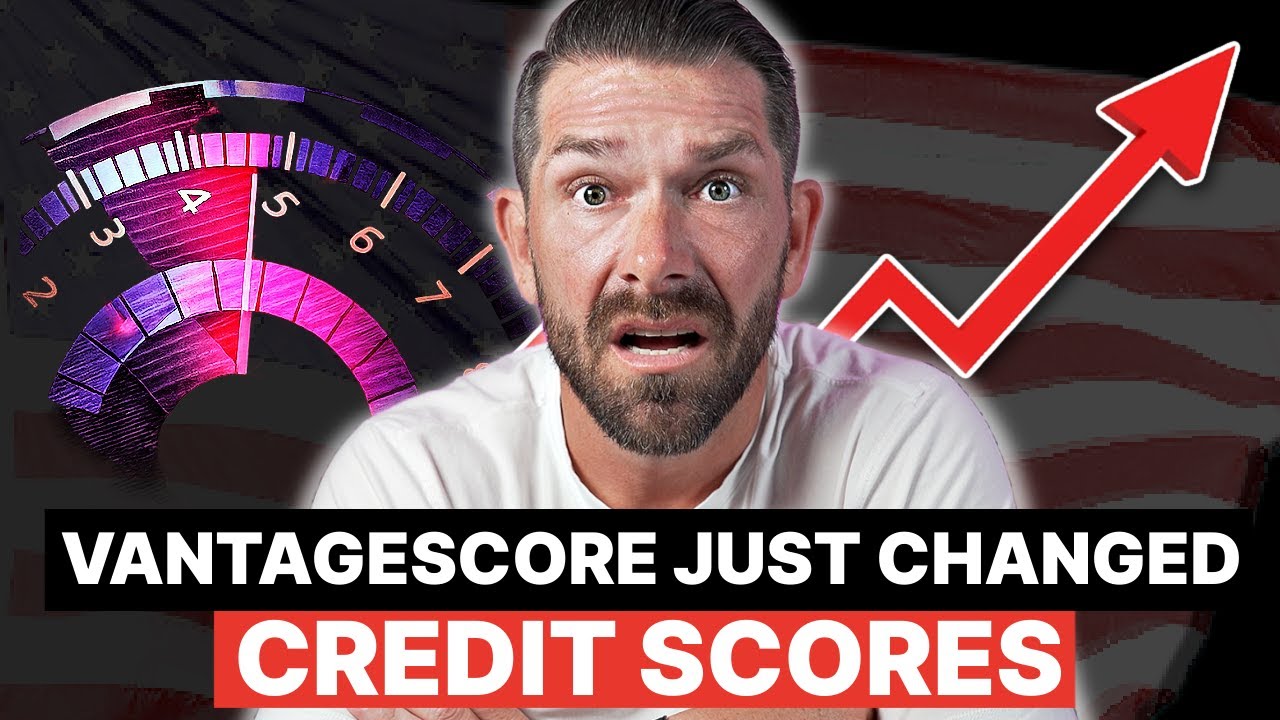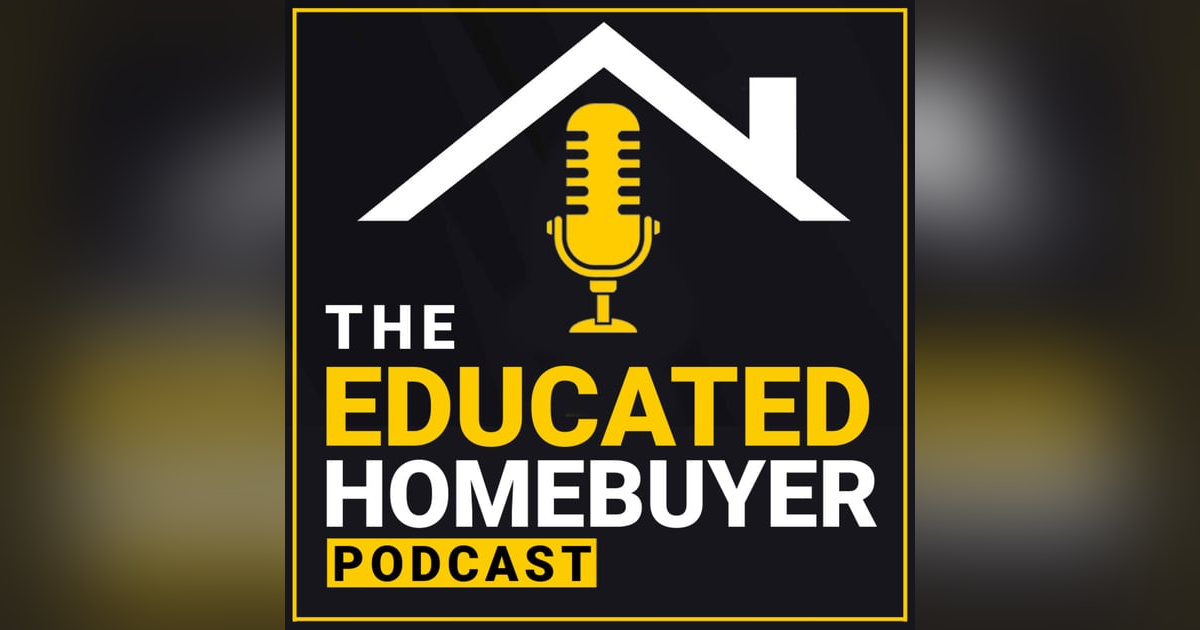VantageScore 4.0 vs FICO: What Homebuyers Must Know

VantageScore 4.0: The Credit Score Shift That Could Open the Door to Homeownership for Millions
For millions of Americans, the rules of the credit game are changing—and it could finally mean a chance to own a home. With Fannie Mae and Freddie Mac announcing the future adoption of VantageScore 4.0, a new scoring model is poised to reshape the mortgage landscape.
In this deep dive, Jeb Smith and Josh Lewis of The Educated HomeBuyer podcast break down exactly what VantageScore 4.0 is, how it's different from FICO, who stands to benefit, and why it matters for aspiring homeowners. Whether you're a first-time buyer, gig worker, renter, or just credit-curious, this episode gives you the inside track on what's next in mortgage lending.
What Is VantageScore 4.0?
VantageScore 4.0 is a new credit scoring model developed by the three major credit bureaus—Experian, Equifax, and TransUnion. Unlike traditional FICO models, VantageScore aims to include more consumer data, particularly for those with limited or non-traditional credit histories.
Think of it as an evolution in credit reporting that:
- Includes rent, utility, and telecom payments
- Scores consumers with thinner credit files
- Uses trended data for a more predictive snapshot of financial behavior
Most importantly, it has now been approved for future use by Fannie Mae and Freddie Mac. That means this isn’t a theoretical model—it’s coming to mortgage lending in a real way.
Why This Shift Matters
Until now, mortgage lenders have exclusively used older versions of FICO scores for loan approvals. But those models were designed decades ago, and they leave out entire categories of data that might show a borrower is low risk.
For example, consistently paying rent, phone bills, or utility bills doesn’t help your FICO score—but it does impact VantageScore. That means people who do everything right financially but don’t use traditional credit products (like credit cards or loans) could finally have a viable path to homeownership.
Quick stats:
- VantageScore estimates 37 million more consumers will have a score
- Roughly 9 million of them will have a 620+ score—enough to qualify for an FHA loan
FICO vs. VantageScore: What’s the Difference?
While both models assess credit risk, the way they do it differs:
| Factor | FICO | VantageScore 4.0 |
|---|---|---|
| Data sources | Traditional credit products | Expands to include rent, utilities, phone |
| Trended data | No | Yes |
| Minimum requirements | 6+ months history | Can score with 1 month of data |
| Model age used in mortgages | FICO Classic (older) | Newer and more inclusive |
Translation? VantageScore 4.0 is more modern, more inclusive, and potentially more accurate for today's digital, on-demand economy.
Who Will Benefit Most?
This change stands to help groups who are often left out of the mortgage process:
- Renters: who pay on time but don’t use credit cards
- Gig workers: like Uber drivers or freelancers
- Immigrants: with no U.S. credit history
- Debt-averse consumers: such as followers of Dave Ramsey
In short, anyone who’s financially responsible but lacks a traditional credit profile could finally have a fair shot at qualifying for a mortgage.
But Don’t Celebrate Just Yet…
While Fannie and Freddie have approved VantageScore 4.0, no lenders are using it right now. The infrastructure simply isn’t there.
What needs to happen before it goes live:
- Fannie/Freddie must update automated underwriting systems
- Credit reporting agencies need to make it available
- Secondary market investors must be confident in performance data
Timeline? Likely 12–24 months. Josh and Jeb predict full implementation by 2026.
Real-World Implications for Buyers
Let’s break it down:
- If you have thin credit: This model could fast-track your path to homeownership
- If you’re rebuilding credit: It might reflect your progress more fairly
- If you're already qualified: This may not impact you now—but it could in the future
Important:
You won’t be able to mix and match FICO and Vantage scores. Lenders will choose one or the other.
What Should You Do Right Now?
Even though VantageScore isn’t in use yet, you can still prepare:
- Start monitoring your FICO mortgage scores (via myFICO.com)
- Work on reducing credit card balances
- Pay all bills on time
- Start documenting rent and utility payments where possible
- Talk to a lender early to build a strategy
Why You Shouldn’t Pay Some "Credit Repair Guru"
Josh and Jeb make it clear: do not waste money on credit repair schemes.
"Having bad credit doesn't make you a bad person. But if you're trying to buy a house, you should be focused on becoming the type of person who manages money well—not just gaming the system," says Josh.
Final Thoughts
This isn't just a change in scoring models. It's a shift in how we define creditworthiness in America. VantageScore 4.0 has the potential to make the mortgage process more inclusive, more fair, and more reflective of real-world financial behavior.
But the key word is potential. We're not there yet. So keep your eye on your FICO, keep your financial house in order, and stay ready for the opportunities that lie ahead.
Want help navigating the mortgage process?
Let us guide you every step of the way: Start here.
And if this episode helped you understand your options better, please consider sharing it with a friend or family member. The more people we can empower, the better.


